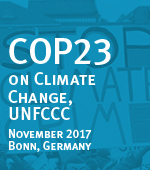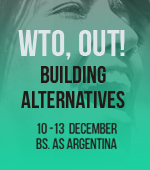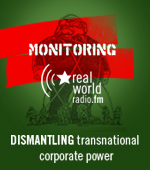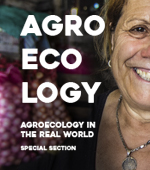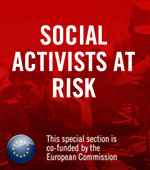English · Español

6 July 2009 | Interviews | Agrofuels in Colombia | Forests and biodiversity
Dead Rivers
Avelino Castillo, resident of Cauca Viejo, and his survival in the green desert of sugar cane
lenth: 01:30 minutes
Download: MP3 (1.4 Mb)
Sugar cane is expanding, poisoning and isloating the residents of El Hormiguero, in the city of Cali, Colombia. Even though the law sets protection areas along the rivers, these crops destined for ethanol production are being harvested virtually on the river.
River Cauca is Colombia’s second main river and it flows through the Valley that surrounds the city of Cali. This has made of these lands the big fertile land reserve of the country, generating a huge migration of people from other parts of the country, some decades ago.
Often following the steps of the African-Colombian communities settled in the river banks after the abolition of slavery, as well as in the beginning of civilization, these communities would take advantage of the slime left by the Cauca in its shores to generate a susbsistence agriculture. Sand extraction from Cauca river’s bed was also a good resources to survive in times with no job in the neighboring estates.
But after the sugar cane boom, everything changed. The underground water reserves dried out after the installation of sugar cane, turning the area from an oasis to a green desert. The huge amounts of agrotoxics – such as glyphosate herbicide- which is used in large quantities to grow the sugar cane before it is cut – or the burning of the leaf of the sugar cane, have made the lives of the small peasants, impossible.
Related stories
- In the Spotlight
Interview with Gabriel Enau, member of La Via Campesina Colombia - Cultivating Dirty War
Interview with Juan Manuel Garces on the links between agrofuels and Plan Colombia - Land Pillage
Displacement of people to open doors for corporations. Interview with Danilo Rueda, from the Commission for Peace and Justice, Colombia - Forestry Abundance, Human Void
Interview with Diego Alejandro Cardona (CENSAT Agua Viva) on monoculture plantations in Colombia
previous page | next page



